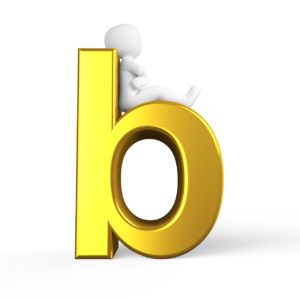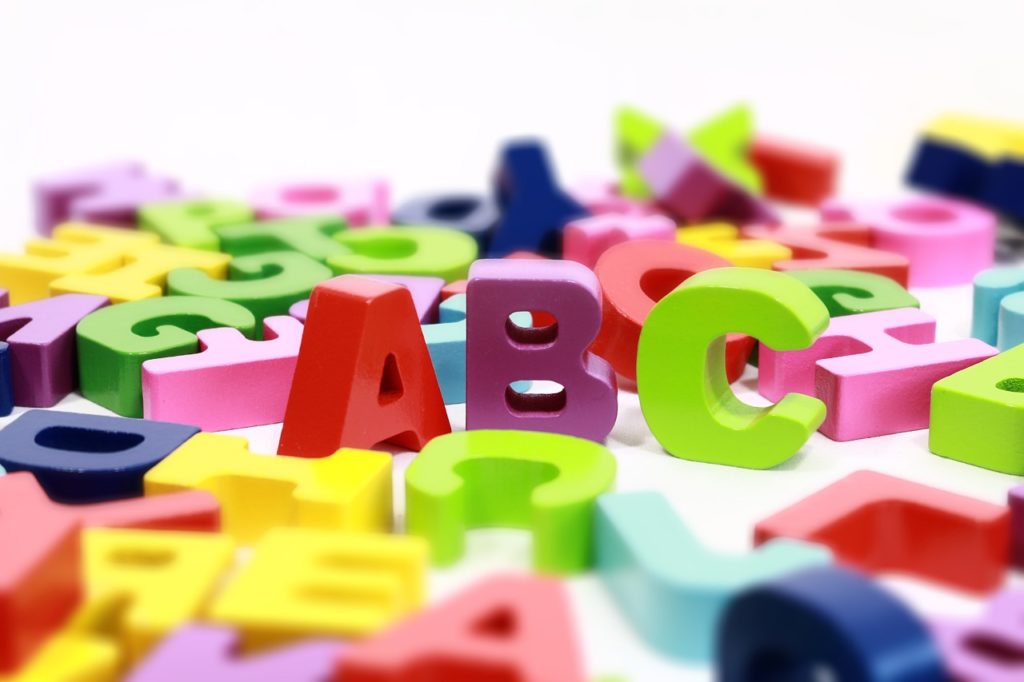Well, it depends.
One of the most common concerns we hear from parents when they bring their children in with reading problems is the concern with letter reversals. The most common reversal, by far, is b and d; followed by p and q.
There’s some research that suggests that since we, with the English language, follow a left to right reading and writing model, and since the Latin alphabet we use has more right-facing letters than left facing letters, we are predisposed to favor the right-facing letters when we are in the beginning stages of reading and writing. So, b’s would be the more likely letter to write when considering whether to write a b or a d.

For beginners, letter reversals are actually fairly common. Through lots of repetition, exposure, and corrective feedback, the majority of children’s letter reversals disappear over time. However, it’s not uncommon to have a second-grader who still reverses letters on occasion. If we still see letter reversals in late second-grade into third-grade, we start getting concerned.

Also, from a language perspective, those right-facing letters tend to have a closed-mouth sound as opposed to an open-mouth sound. This can be helpful sometimes in error correction procedures.
Since individuals with dyslexia have difficulties putting sounds with letters, it makes sense that they would tend to have more, or more frequent, difficulties getting the letters sorted out and associated with the correct sounds, or phonemes.
So, letter reversals are quite common with early readers and writers, but those should improve and disappear over a reasonable period of time. If the problems don’t seem to be improving, it might be time to check into those difficulties. It could be that the child just needs some different strategies, or it could mean there are more significant challenges.
For more information, please contact us at klass@utk.edu or 865-974-6177.
